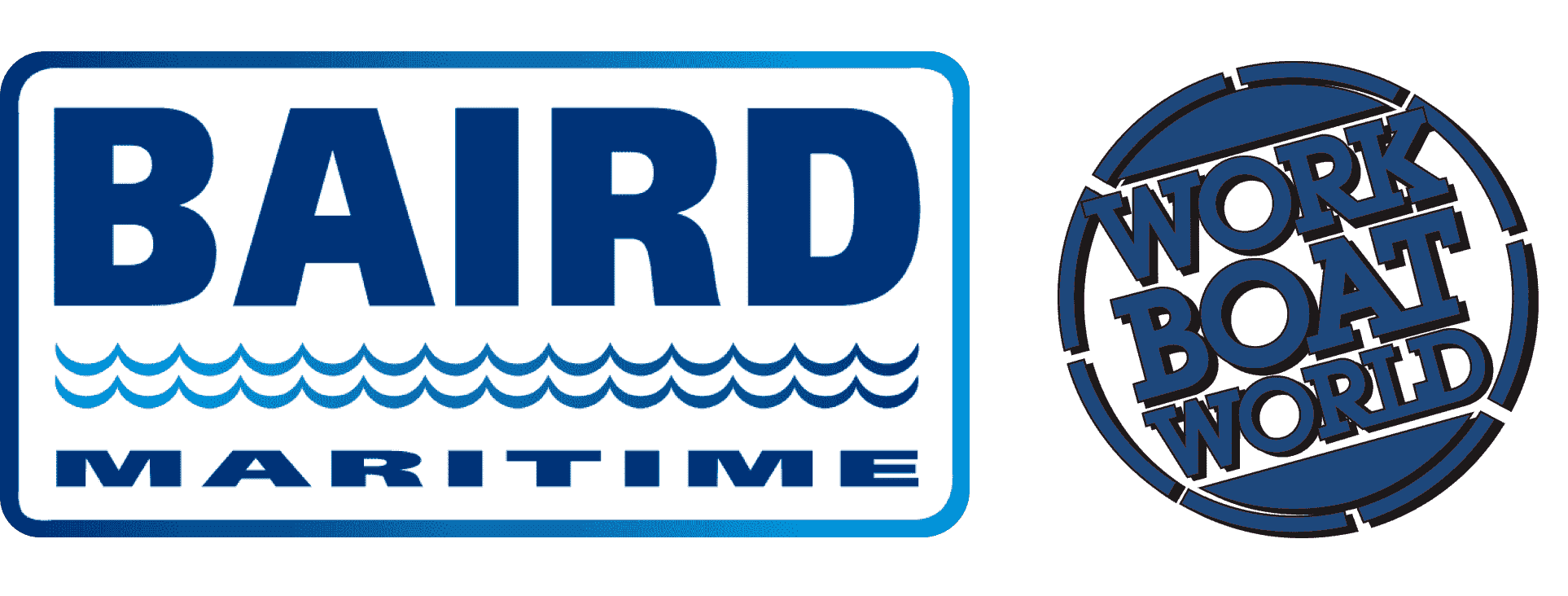VESSEL REVIEW | Tsunami – Scalable USV developed as multi-role platform for US Navy
US defence technology company Textron Systems Corporation has delivered the first unit in a new class of unmanned surface vehicles (USVs) developed for the US Navy.
The 24-foot (7.3-metre) Tsunami will be used by the Naval Surface Warfare Center Dahlgren Division as a test and evaluation asset for future payload, autonomy, and automatic target recognition USV development. It will also be utilised as an open architecture test platform to support the US Navy in both domestic and international exercises.
Low-cost surveillance platform
Textron said the USV’s design focused on being attritable, rapidly deployable, and fully autonomous.
As an attritable asset, it is affordable enough to be expendable if mission conditions necessitate, which Textron said aligns perfectly with customer objectives that call for reduction in sustained costs during operations.
Fitted with standard sensor suite plus payload bay for additional equipment
The USV is equipped with sophisticated sensors such as a Simrad radar and a Teledyne FLIR rotating thermal camera as well as data-processing systems. These enable it to execute complex missions without direct operator input, freeing up human resources for other critical tasks.
Its integrated surveillance technology package enhances its role in reconnaissance and intelligence-gathering operations, providing real-time data to commanders.
The craft’s add-on sensors will be housed in a modular payload bay. This enables operators to install a range of equipment combinations as necessary depending on mission requirements.
The payload bay will also give the craft limited transport capability for logistics missions, particularly in littoral waters that traditionally crewed supply vessels could not access due to size and draught restrictions.
Multiple propulsion options
In addition to being low-cost, examples of the USV can be rapidly produced to meet the evolving needs of maritime missions. This also ensures that the craft will be available in adequate numbers to support simultaneous missions worldwide.
All examples of the craft, as well as its 25-foot (7.6-metre) and 28-foot (8.5-metre) variants, can reach speeds in excess of 40 knots, allowing for rapid response to developing situations.
The first USV delivered to the navy is powered by a Mercury petrol outboard engine, though the craft’s design also permits installation of petrol- or diesel-powered inboards as alternatives. This gives the navy greater flexibility, as the propulsion for the platform will not be limited to a single specific type.
The USV was designed to be able to operate even under Sea State four conditions and at ranges of over 600 nautical miles. This makes it suitable for over-the-horizon surveillance missions that would not place crewed vessels at risk.
Development of the craft was undertaken jointly by Textron and boatbuilder Brunswick Corporation.


